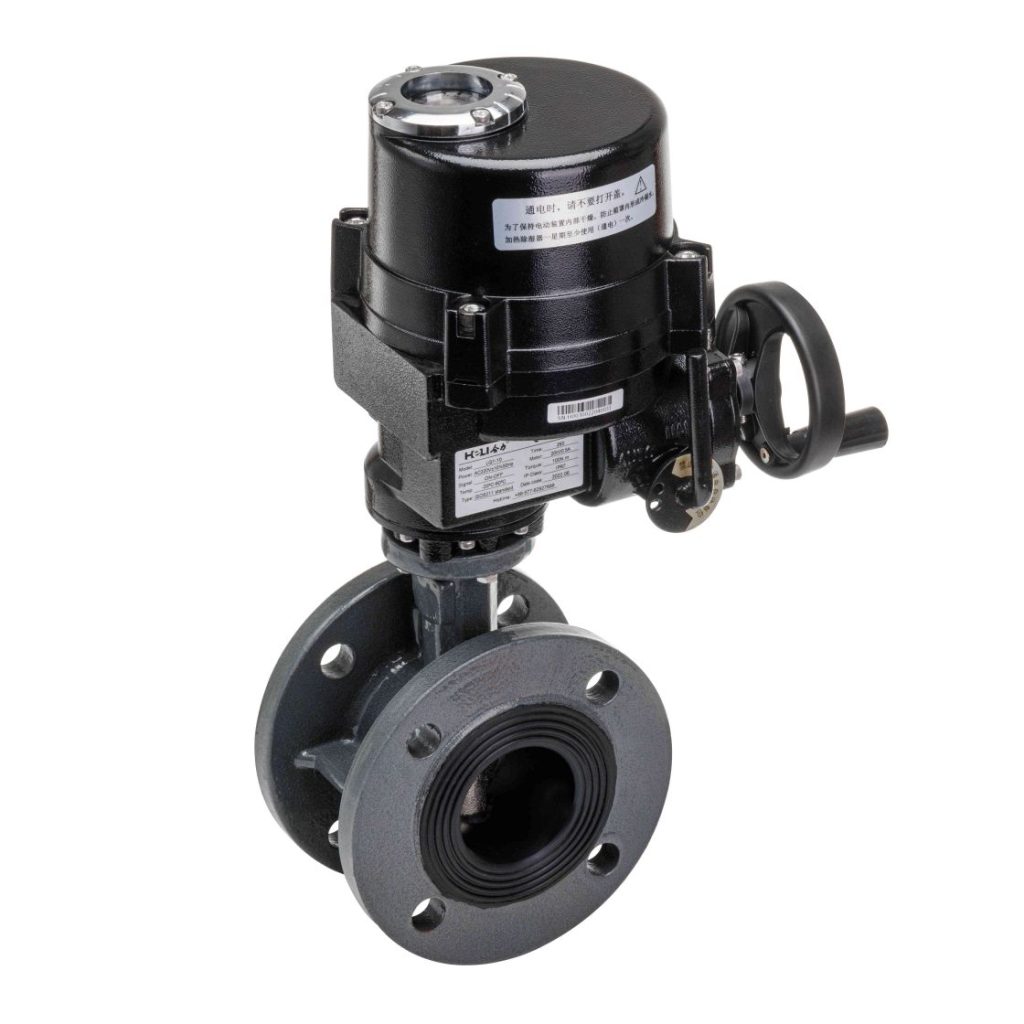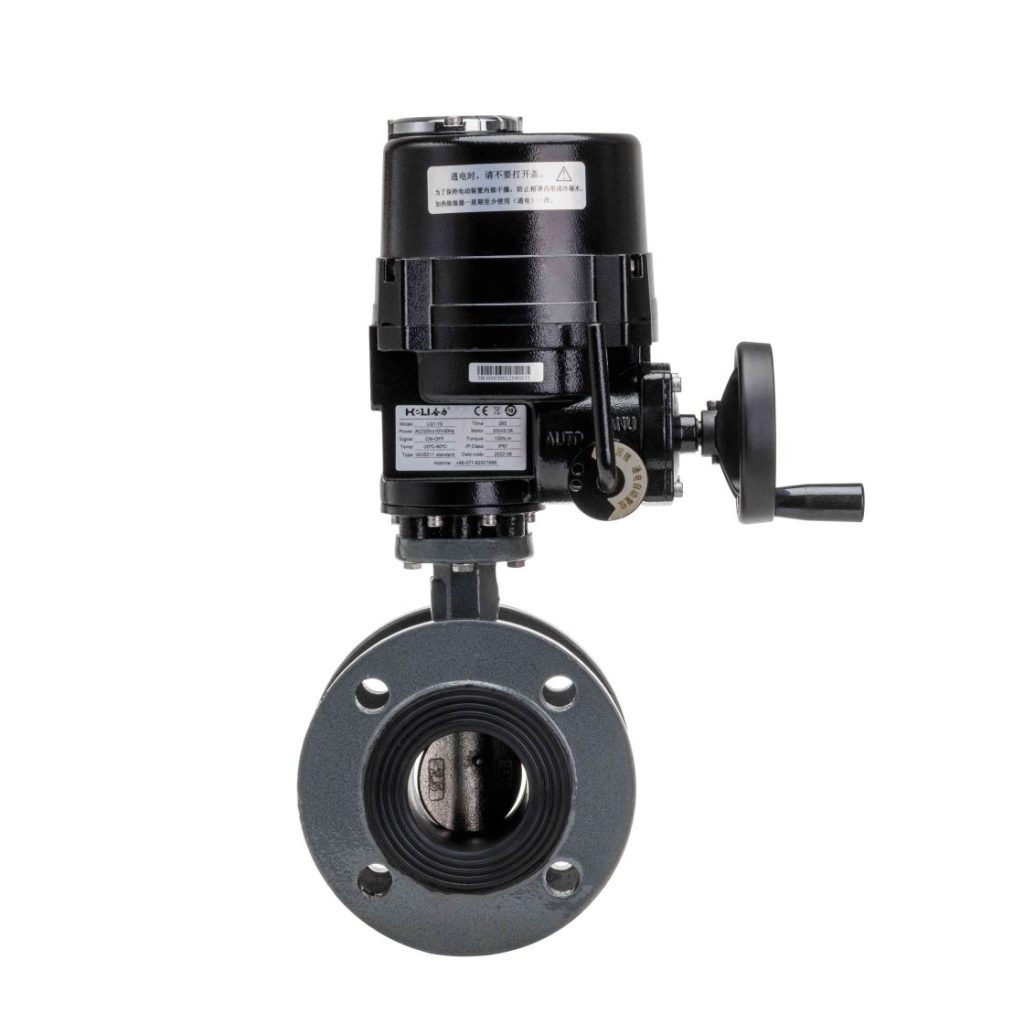Electric ball valves are essential components in many industries, offering an efficient and reliable means of regulating the flow of fluids and gases in a wide range of applications. These valves combine the features of traditional ball valves with the convenience of electric actuation, providing improved control and automation. In this article, we will explore the key features, advantages, and applications of electric ball valves, highlighting their significance in modern industrial systems.

What is an Electric Ball Valve?

An electric ball valve is a type of valve that uses an electric actuator to control the opening and closing of a ball valve. The ball valve itself consists of a spherical ball with a hole or port through the center, which can rotate to either allow or restrict the flow of fluid or gas. When an electric actuator is added to the valve, it eliminates the need for manual operation, allowing for remote control and automation in systems where precise flow control is required. The actuator is typically powered by electricity and is controlled by an external electrical signal, such as a 4-20mA signal, which allows for precise control of the valve position. This functionality makes electric ball valves a perfect fit for automated systems and processes that require accurate and efficient flow regulation.
